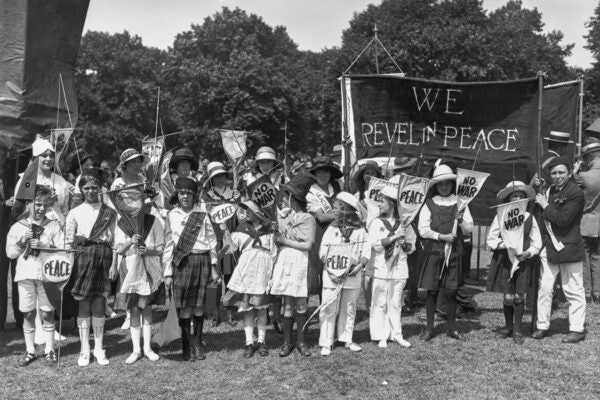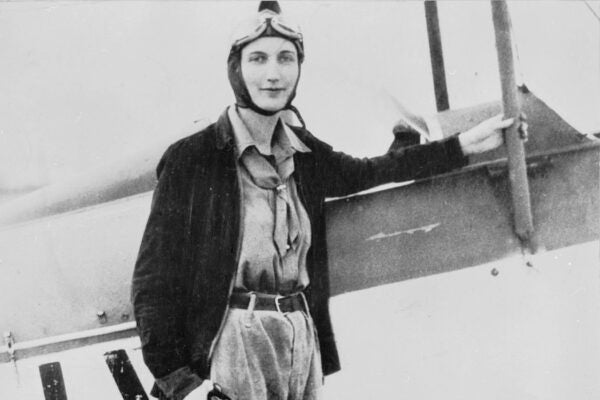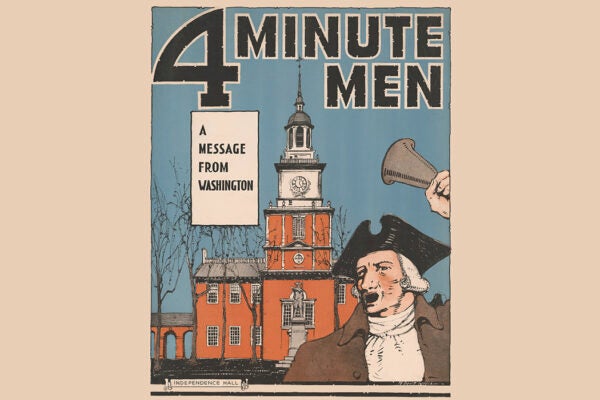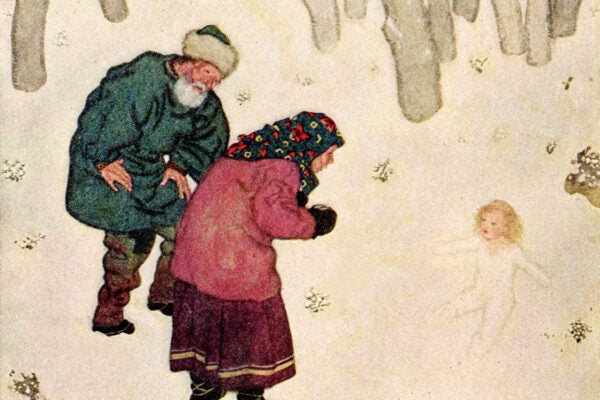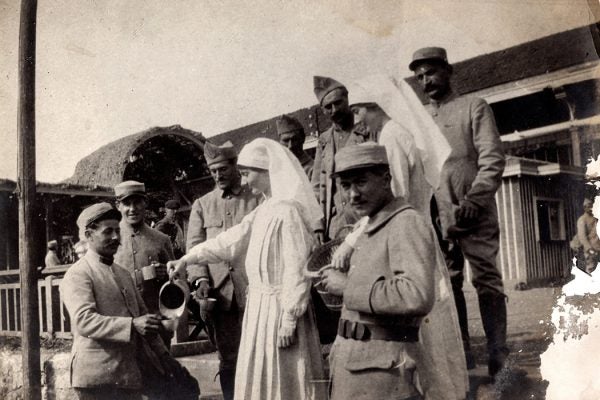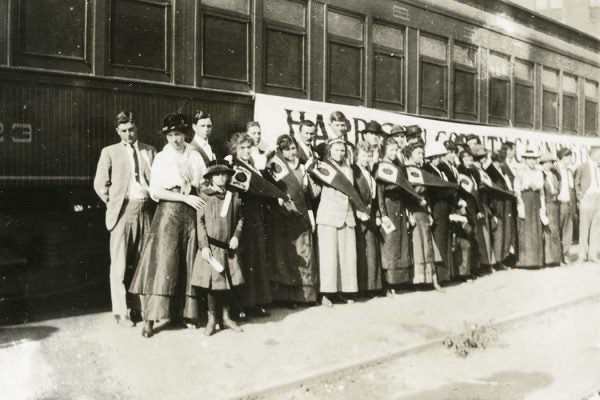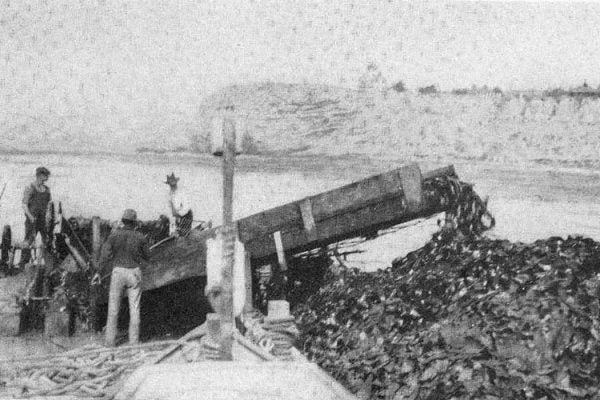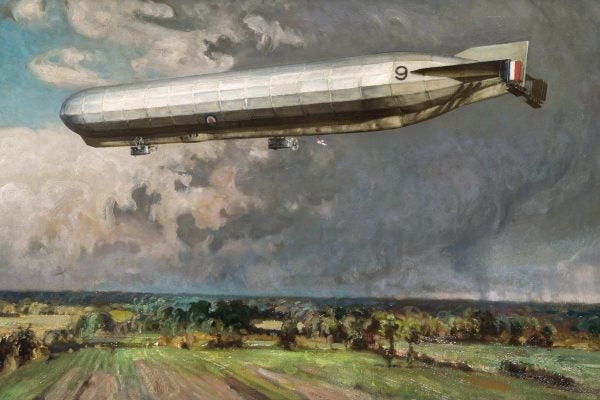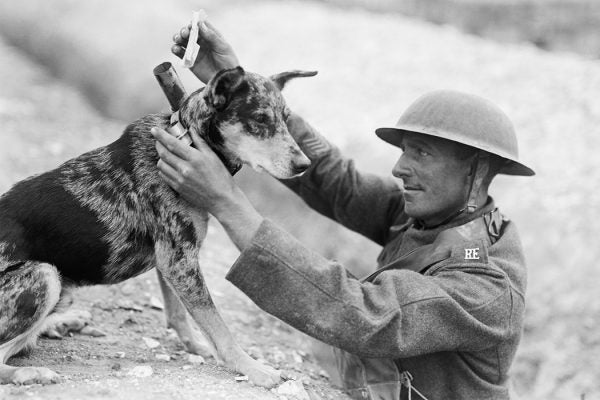Teaching Peace Between the Wars
In the years between the world wars, the League of Nations attempted to change how history was taught to emphasize commonalities across national lines.
Beryl Markham, Warrior of the Skies
The first person to fly solo, non-stop from Europe to North America, Markham lived life by her own rules.
The US Propaganda Machine of World War I
As the United States prepared to enter World War I, the government created the first modern state propaganda office, the Committee on Public Information.
Edmund Dulac’s Fairy Tales Go to War
One of the best-known illustrators of the “golden age of children’s gift books,” Dulac was also a subtle purveyor of Allied propaganda during the Great War.
Strange, Inglorious, Humble Things
Dorothea and Gladys Cromwell fled the constrictions of high society for the freedoms of the literary world. Ravenous for greater purpose, the twins then went to war.
Like Tomatoes? Join the Club
Organizers of girls’ tomato clubs hoped that members would learn not only how to grow tomatoes, but how to build a better future for themselves.
Burning Kelp for War
World War I saw the availability of potash plummet, while its price doubled. The US found this critical component for multiple industries in Pacific kelp.
Whatever Happened to Airships?
In moving away from fossil fuels, some in aviation are thinking of bringing back helium-assisted flight.
Dogs in the Trenches of World War I
While the history of pigeons and horses in the military is widely known, canines have gotten less attention.
How Pigeons Helped Fight World War I
At ten weeks old, many of the birds headed to the trenches, carrying back messages over distances of about ten miles.
